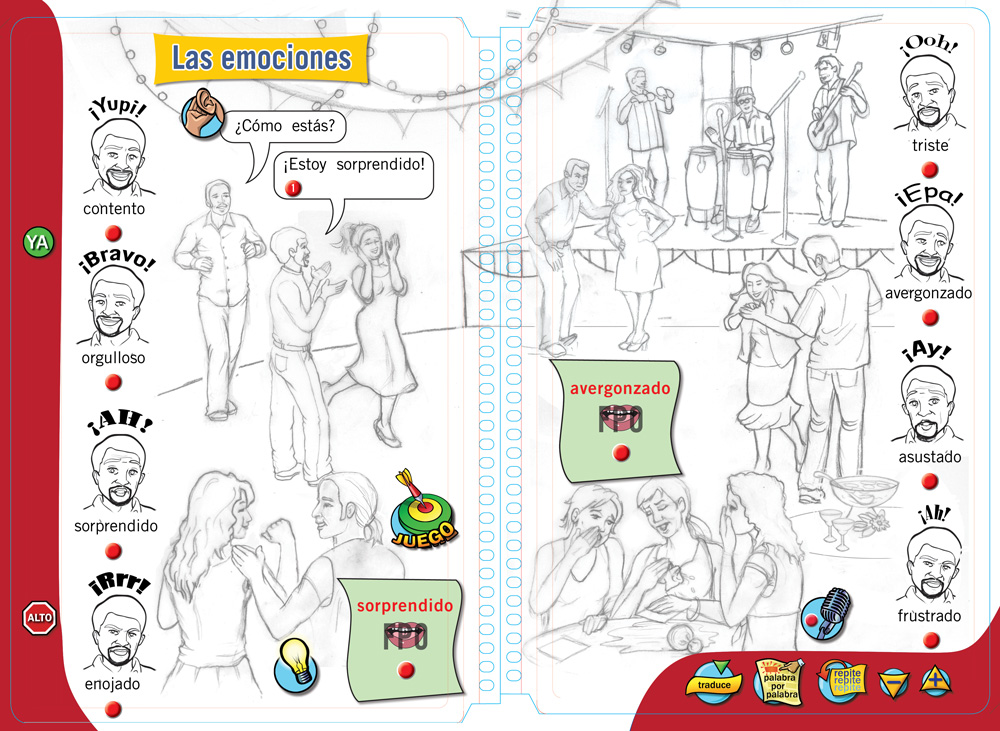Please Feel free to Get in Touch anytime, whether for work inquiries or to just say Hello!
General, Illustration
06/13/21
Contract Illustration Process for Educational, Toy, and Game
The contract illustration project process for games and toys is one that I enjoy because it takes a team to complete. Before it gets into my hands, the group has a strong sense of direction. The instructional designer takes great care to create the lesson and plan its path to the end-user. As an Illustrator, I can go from concept to final without an Art Director, but in the eLearning, game, and toy industry, there is a lot of collaboration and a direct set of specifications to follow.
1. Specifications
When an Illustrator is contracted or hired for educational interactive design, there is usually an Instructional Designer on the project. The Instructional designer creates the lesson, translating it into description text so the artist has a script to go by.
This is an example of the specifications I received from the ID for an English learning program for adults.

Example 1 shows the ID or Art Director layout drawing given to the Illustrator.
Tito is playing his guitar in the salsa band. People are dancing, eating, and drinking while the band plays. Sergio, Felipe, Jorge, and their spouses or girlfriends are listening to him play.
- Characters interact in a scene across the spread (happy, embarrassed, angry, and proud interactions). Sergio’s face, depicting various emotions, is displayed vertically on either side of the scene.
- Angry couple: The woman should look exasperated because she doesn’t want to dance but her date does.
- Embarrassed women: One woman should be depicted as just spilling a drink on herself. She should look visibly embarrassed. The other two women should be looking at the first woman in visible dismay/ concern. Add a punch bowl too.
- A punch bowl should be somewhere on P19, by the women
2. Research and Sketch
The specifications arrive at the Illustrator’s desk with very little other notes. By this time, the artistic medium has been established. In some cases, the style needs to seamlessly adhere to the look of previously branded work. Other times, a new style is requested.
 3. Inking the Line Drawing
3. Inking the Line Drawing
Sketches are compared against the other pages in the book for consistency, revisions made, and approval for inking is given. At this point, all character placement is locked down. Line inking color, width, and style must also match the rest of the pages and style guidelines already set.
4. Final Illustration
Color Balance is crucial for readability and to help lead the eye through the scene. Variety in skin tone shows diversity as well.

This is just one page out of a full-color illustrated book, and all the rest of the interactive pages need the same attention. I hope you have enjoyed reading about the process and will keep me in mind if you have contacts in the educational, toy, or game industry.
Please Feel free to Get in Touch anytime, whether for work inquiries or to just say Hello!


 3. Inking the Line Drawing
3. Inking the Line Drawing